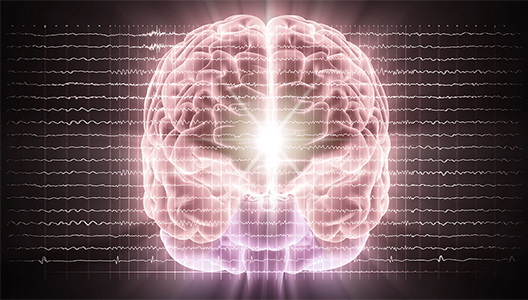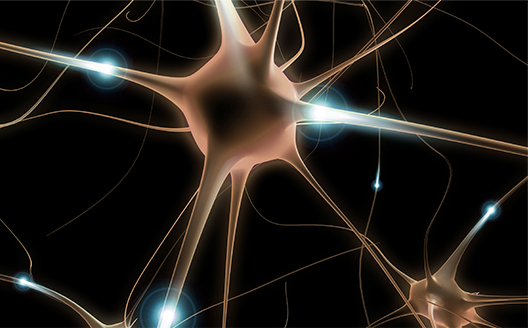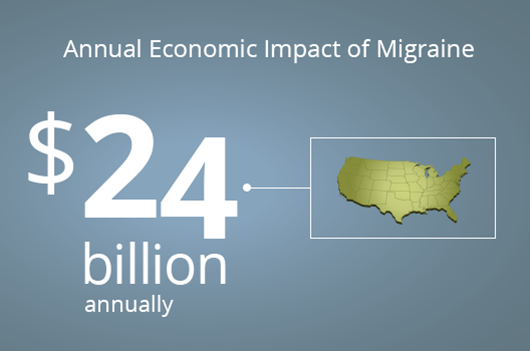
About Migraine
Migraine impacts 1 in 7 people worldwide. It is most common between the ages of 15 and 55 and is 3 times more common in women. Nearly 1 in 4 women are likely to have migraine. And surprisingly, nearly 1 in 11 children have migraine.
Over 40 million people in the US are impacted by migraine – one of the most disabling conditions worldwide.





